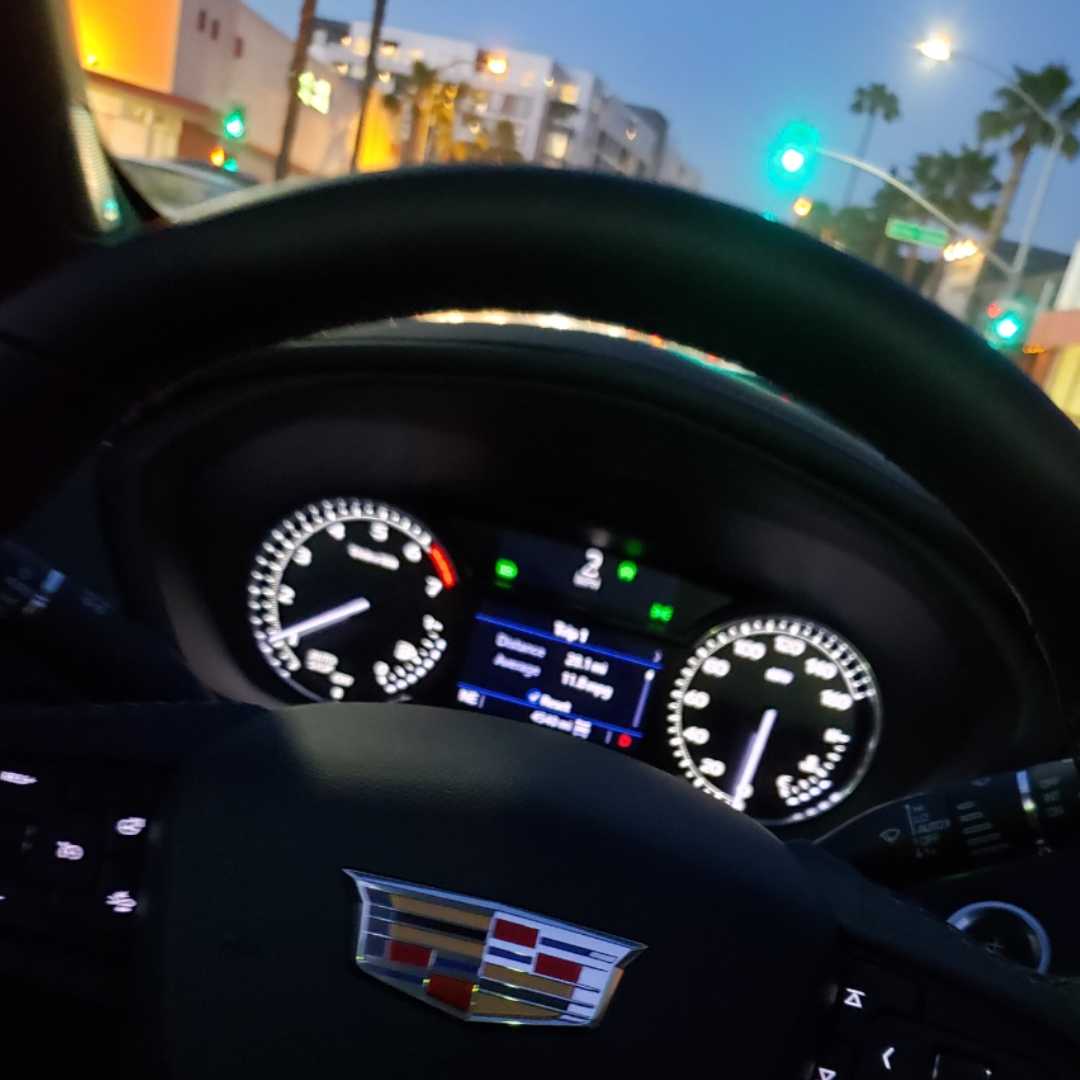As of February 2019, the average new car transaction price was $36,590. This is according to Kelley Blue Book, the leading automotive valuation authority in the United States. While that figure is actually lower than it was in January of 2019, when the average price was $36,765, it’s considerably higher than February of 2018 when it was $35,597.
With that said, along with these higher prices have come larger car loans. This doesn’t have to mean they’re unaffordable though. Here’s how to get a lower car payment—even with a larger loan.
Know Your Credit Score
Too many people go shopping for cars without knowing their credit score and the Annual Percentage Rate (APR) on a loan they’re entitled to, based upon that score. The higher your credit ranking, the lower your interest rate should be. The lower your interest rate, the less money you have to pay each month to service the loan. In other words, knowing what your credit history qualifies you to receive is one of the fastest ways to lower a car payment.
Get Pre-Approved for a Loan
Another thing you should do before shopping for a car is get preapproved for a car loan by your bank, credit union or another independent lender. That way, when you get to the dealership, you’re in a better position to negotiate your interest rate, because the seller knows they’ll have to compete with your existing offer.
Increase Your Down Payment
Most lenders like to see at least 20 percent down on a new car purchase. Meeting this figure can earn you a lower interest rate, which in turn will shrink your monthly obligation. What’s more, if you can go higher than 20 percent, you’ll lower your loan amount, which reduces the payment and the interest charges. Yes, you can get a car with less money down, but the more money you borrow, the higher your payment will be.
Longer Loan Term
Perhaps not surprisingly, another byproduct of those higher transaction prices is lengthier loan terms. In many cases people are stretching car loans out to 84 months. This can have the effect of lowering a car payment significantly. Then again, it also makes the car cost more in the long run. The longer the loan term, the more time interest has to accrue, which means the borrower pays more.
Refinance Your Car
Even if you’ve recently bought your car, you might qualify to refinance into one of the low APR car loans like those offered by RoadLoans. Therefore, it always pays to keep an eye on interest rates. What’s more, the newer your loan, the more likely you are to benefit from a refinance. It’s never too early to look into this possibility.
Lease Rather than Buy
Instead of taking on a loan for the full price of the car, you’ll pay only for the amount of its value you use over the term of your lease. This can result in significant monthly savings. If you decide you really like the car and want to keep it, you can buy it outright at the end of the lease term as a used car and keep those lower payments. Be sure to run the numbers on this strategy to ensure it makes good financial sense. But it’s a great way to get a nice used car, the history of which you can be absolutely sure.
The six tactics will help you get a lower car payment. However, be careful which strategy you employ. Some can wind up costing you more in the long run.






